Community Ecology
1/33
There's no tags or description
Looks like no tags are added yet.
Name | Mastery | Learn | Test | Matching | Spaced |
|---|
No study sessions yet.
34 Terms
Niche ecology
Interactions ultimately define the realized niche out of the fundamental niche
fundamental niche
The niche species could potentially occupy.
realized niche
The niche species actually occupies.
Communities
sets of populations of different species that live in the same area and can potentially interact
characteristics of communities
- the species that are present
- the abundance of each species
- how the species interact
antagonistic interactions
Competition, predation, parasitism, and herbivory are interactions in which at least one species is harmed.
Interspecific competition
occurs when different species use the same limiting resource (space, food, light, silence, mates, water)
Intraspecific competition
when individuals of the same species use the same limiting resource
Competitive exclusion
two species with similar niches will clash competitively over limiting resources, therefore one will always be the loser and one the winner
Predation
Species A captures, kills, and feeds on individual of Species B
- Generalist: not usually a species-specific interaction
- some predators are highly evolved for efficiency at capturing one specific species of prey - Specialists
Herbivory
Species A captures and feeds on Species B
- Specialists or generalists
Parasitism
- usually species-specific
- can be a pretty complex relationship
Resource Partitioning
reducing competition between closely related groups or those who use the same resource in very similar ways
habitat refuges
- allow prey populations to persist
- cycles of increase and decline of both predators and prey...
top-down control
when a consumer limits a prey population
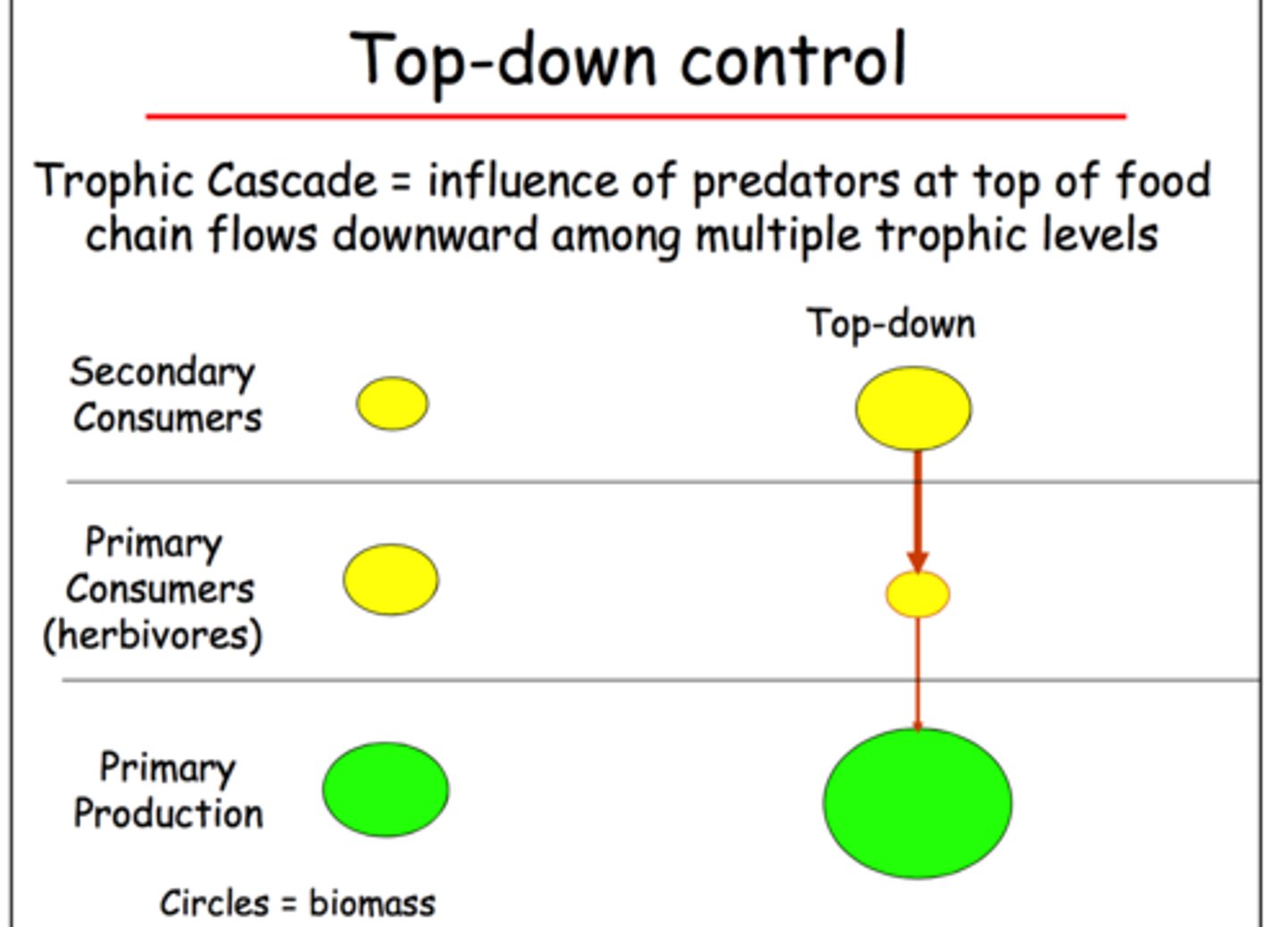
crypsis
camouflage

aposematic coloration
warn predators of toxicity or distastefulness (to deter predation)
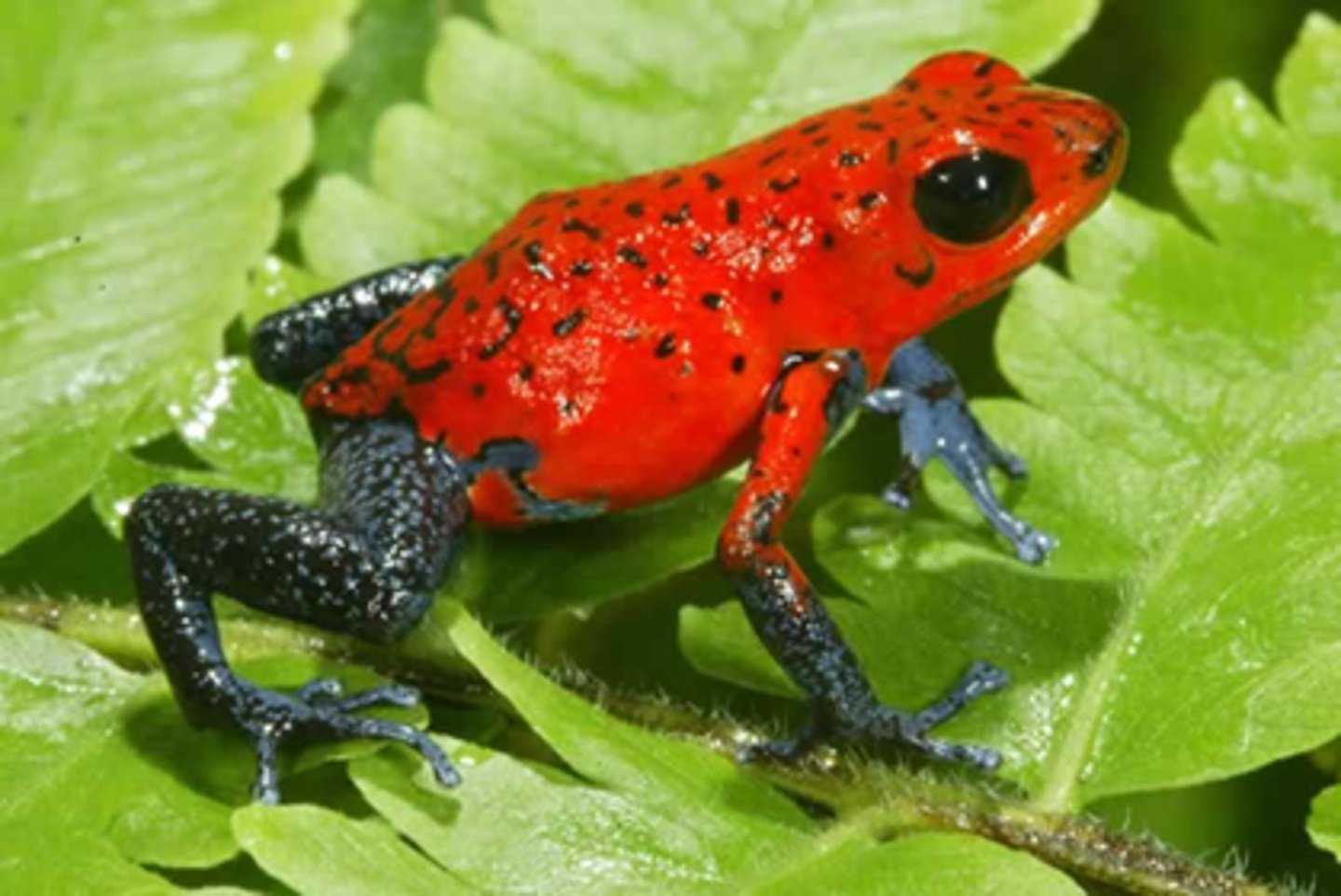
mimicry
• Prey appearance/behavior resembles something hazardous
• Prey can also mimic each other to amplify the impact
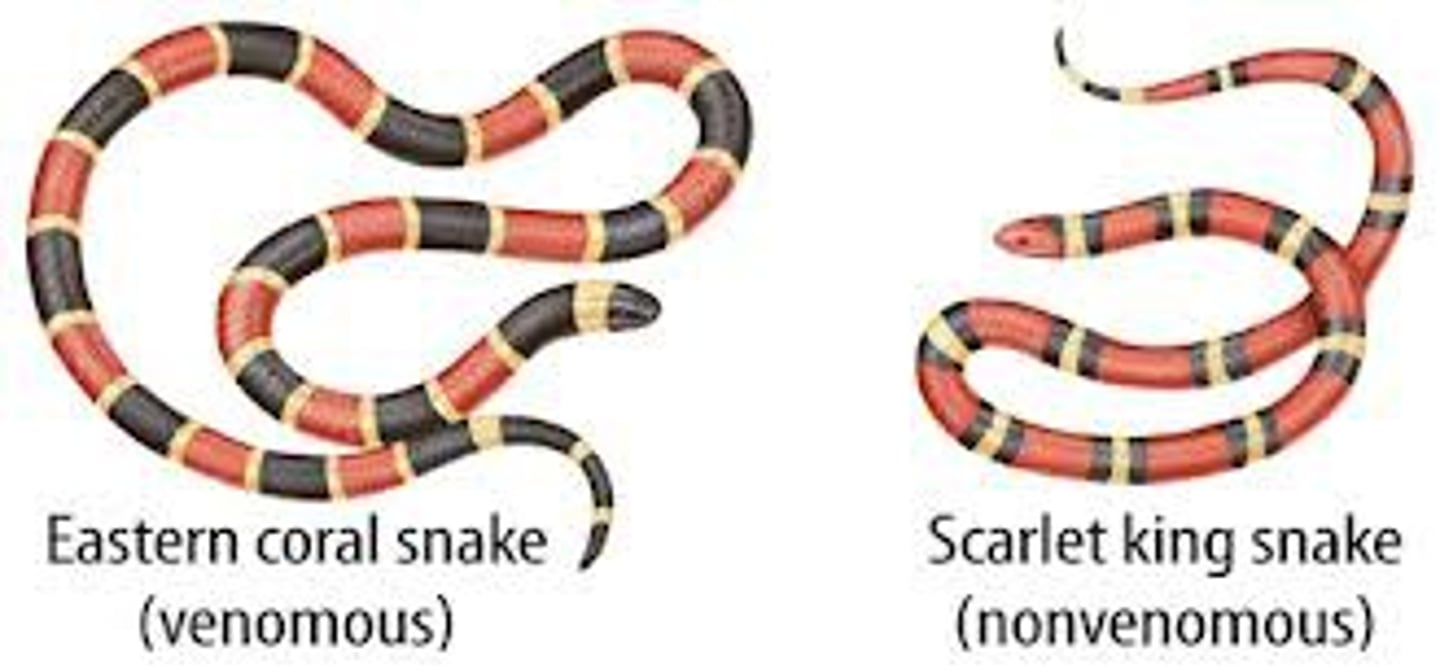
Mutualisms
interactions in which both species benefit.
obligate relationships
absolutely required Rather than "facultative" or optional
symbiotic relationship
close interaction between species in which one species lives in or on the other
Three key ecologically important mutualisms for humans
1. Digestive symbioses: a population of cellulose-digesting microbes (bacteria, protozoa, yeast, and other fungi) living in the gut of an herbivore.
2. One-celled algae called zooxanthellae provide photosynthetically-produced nutrients for corals (This mutualism is the basis of the food web for the entire ocean system on Earth.)
3. Bees forage for nectar and pollen and cross-pollinate plants in the process...to the tune of about 265 billion dollars!
Commensalisms
e interactions in which one species benefits and the other has zero impact.
Why is species diversity important?
Diverse communities should capture more resources and produce more biomass
places in which biodiversity is reduced will support less life overall
Trophic structure
Feeding relationships between organisms in a community.
Food webs
represent feeding relationships as a flow of energy through the community.
Food chains
more simplistic representations of trophic relationships.
Trophic Pyramid
broad base to narrow apex
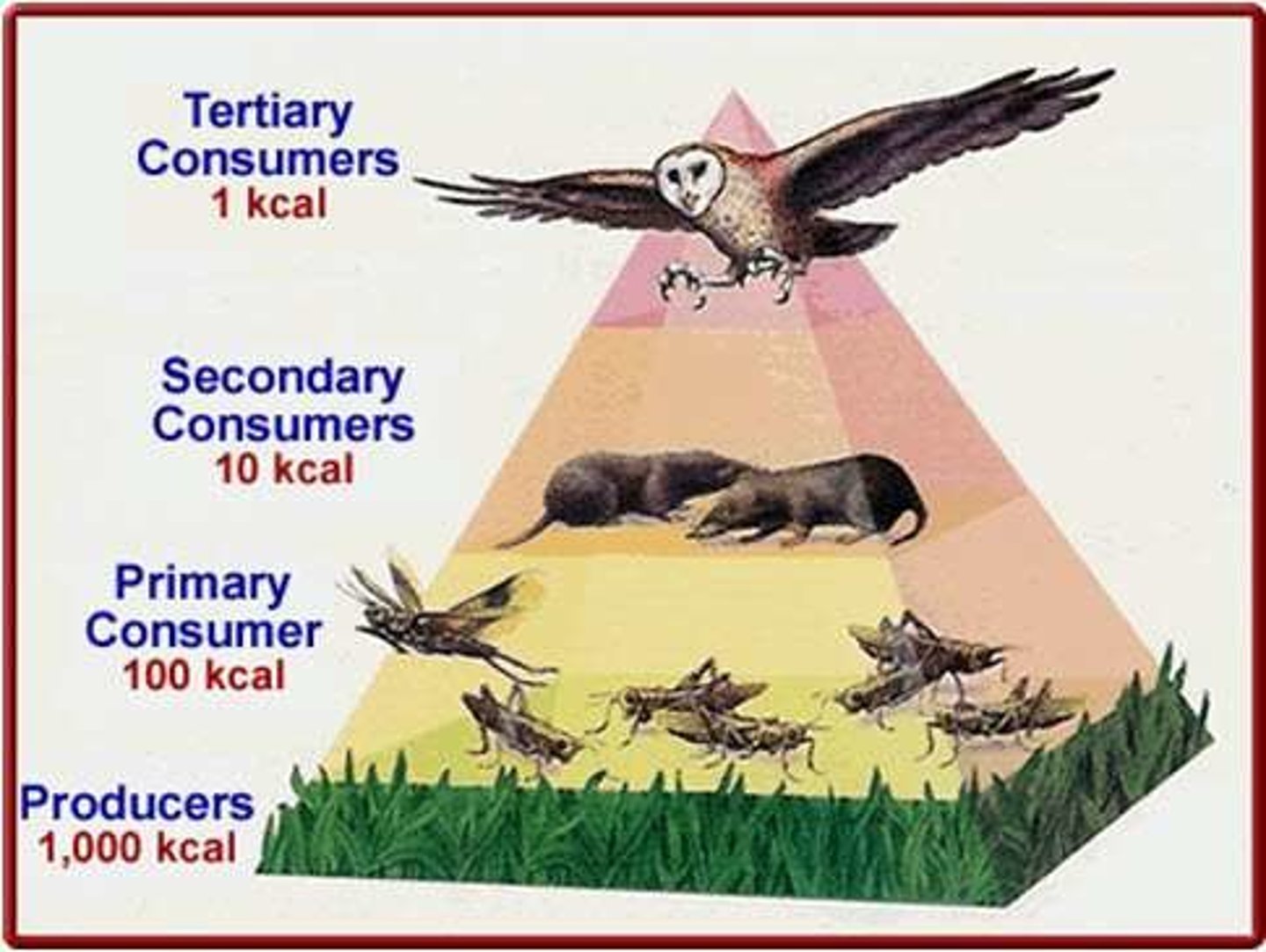
Keystone Species
When the integrity of the community depends on the presence of a stable population of a single species.
Ecosystem Engineers
type of keystone species
• Actively shaping the physical environment around themselves
• Secondarily creating habitat for others
Succession
a process of recovery from disturbance
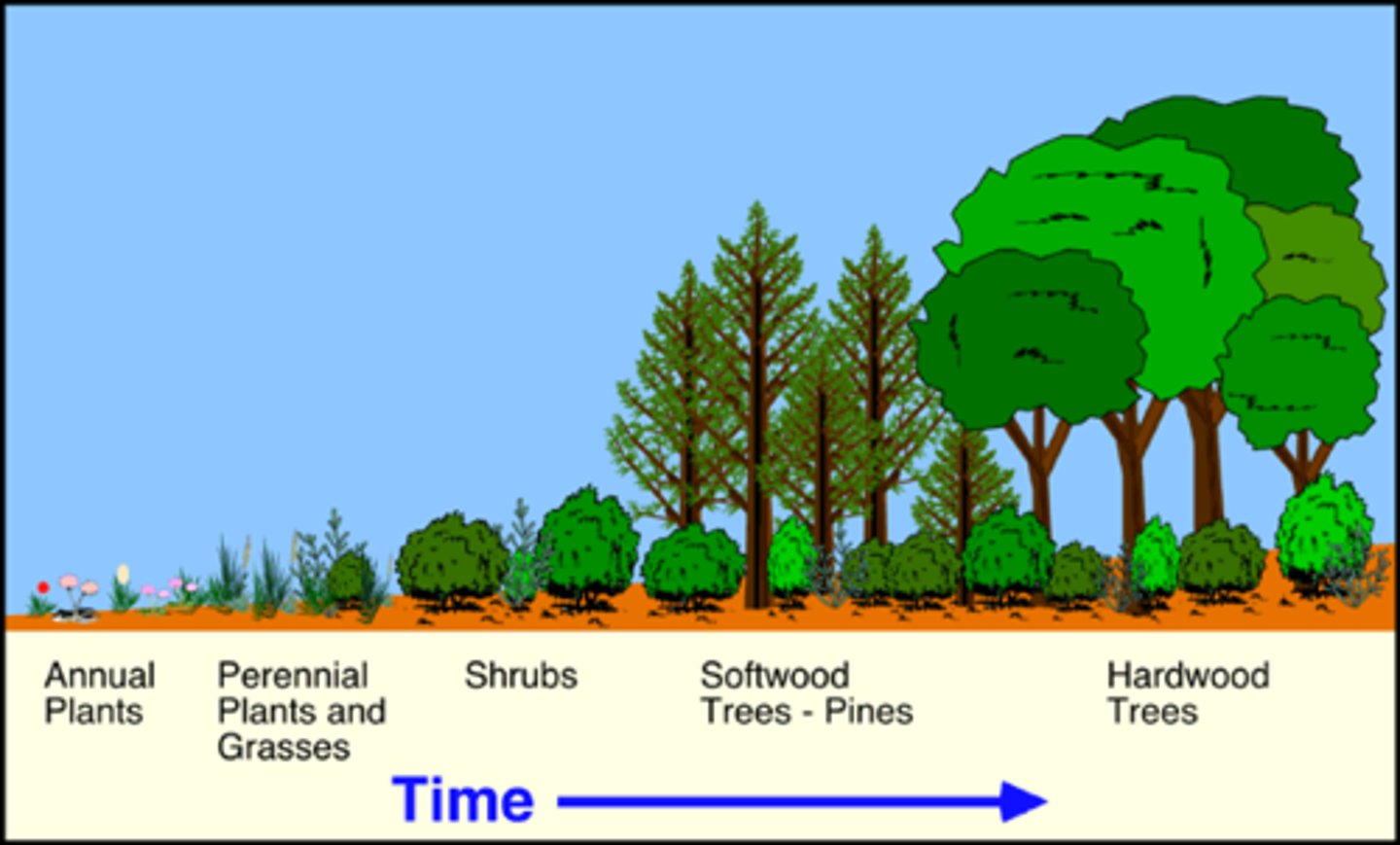
Theory of Island Biogeography
The number of species that occupy a habitat depends on two factors:
1. Island size
2. Distance of island from source of colonists
Islands can be thought of as a natural habitat fragmentation 'experiment' in evolutionary time!
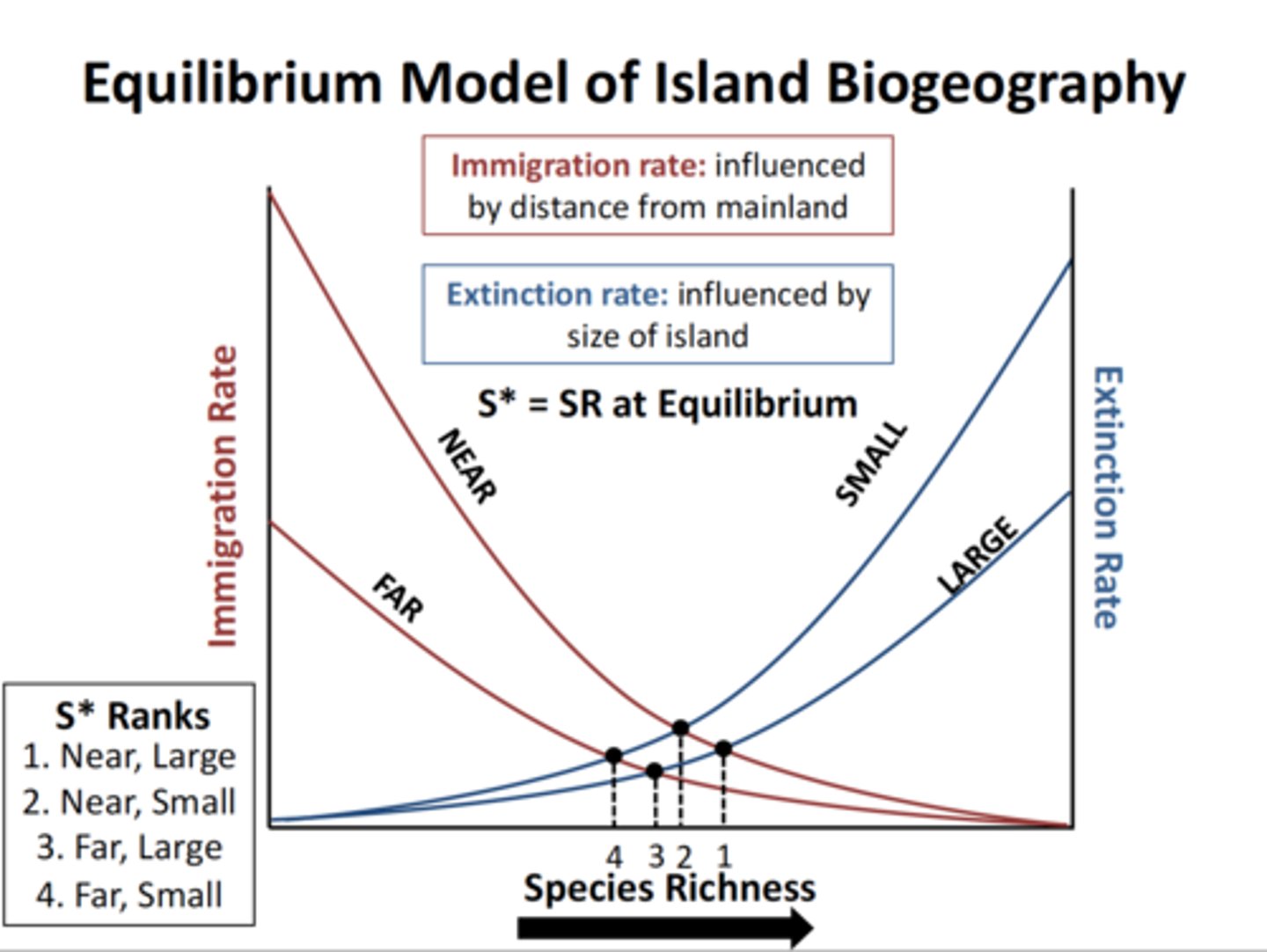
Species-Area relationship
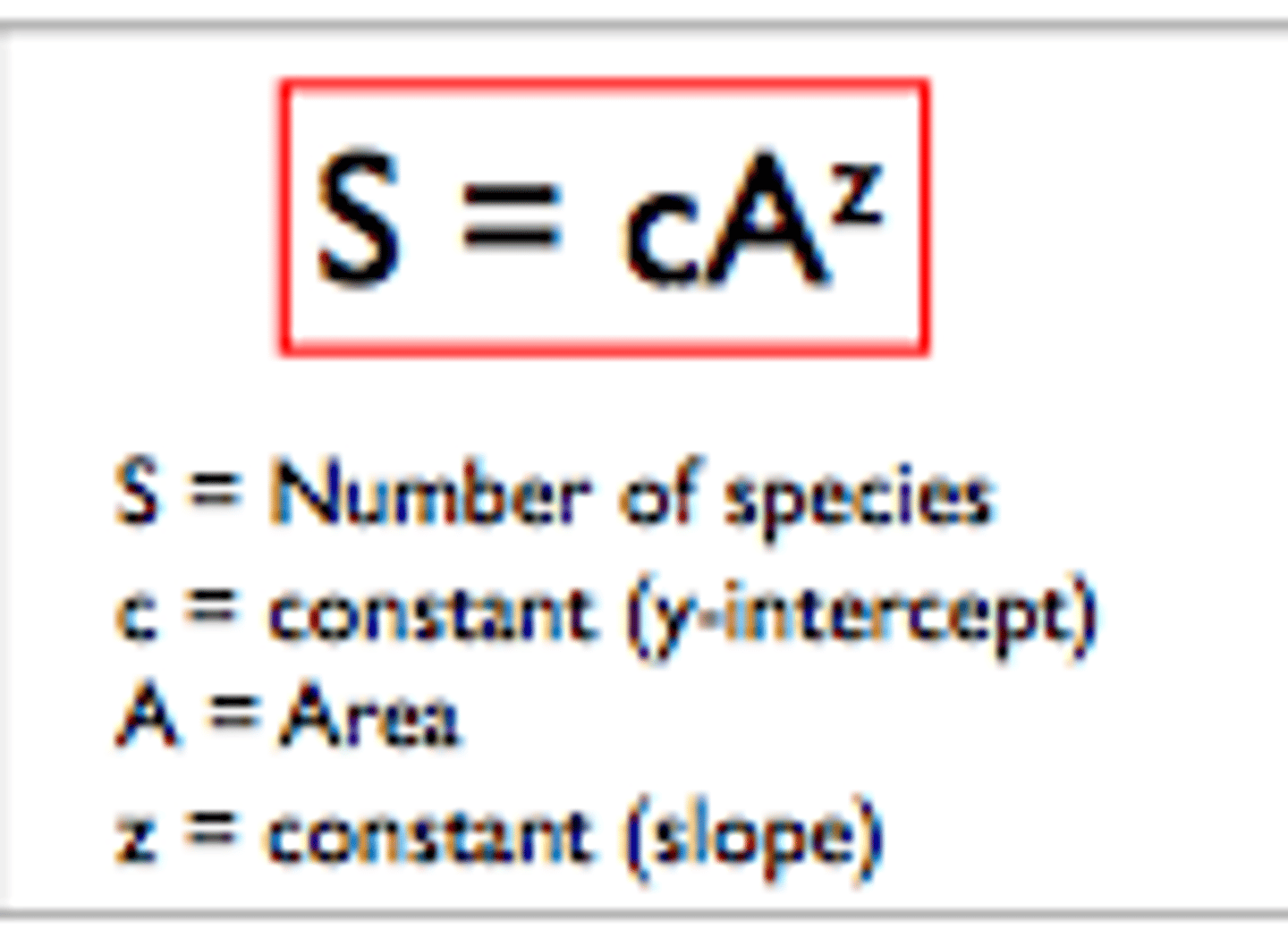
endemic species
species that are native to and found only within a limited area
- result of diversification of immigrants into a variety of niches.